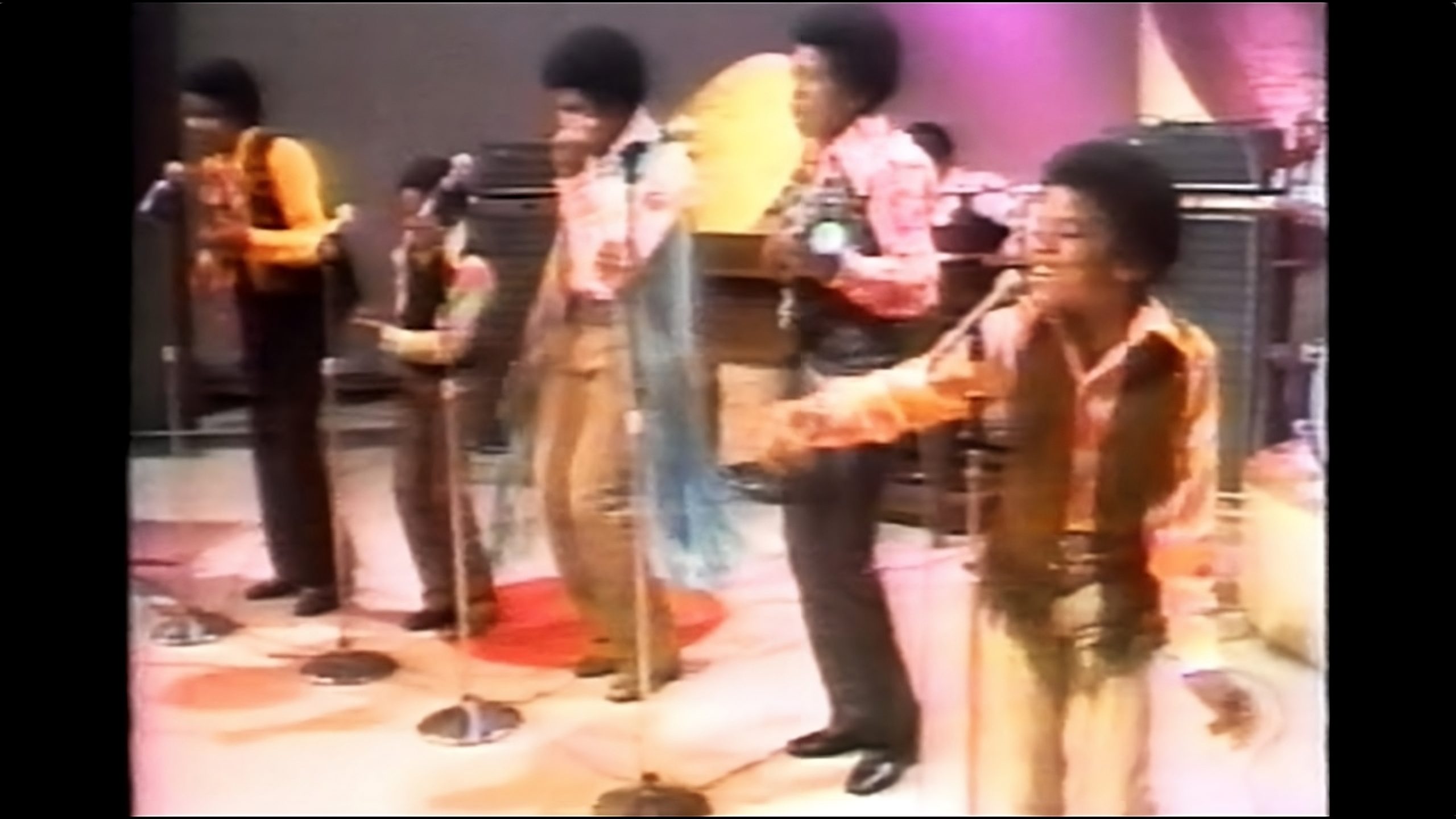
On the electrifying day of February 21, 1970, the Jackson 5 stormed “American Bandstand,” forever changing the landscape of pop music. This debut wasn’t just a performance; it was a revelation. Led by the prodigious Michael Jackson, the group’s entrance onto the national stage was a high-octane spectacle that left audiences spellbound and set the stage for a new musical era. Michael, barely eleven years old, alongside his brothers Jackie, Tito, Jermaine, and Marlon, delivered a performance that announced their arrival with an emphatic, irresistible charm.
Their set ignited with “I Want You Back,” a hit that had already cemented its place in the hearts of many. Crafted by The Corporation—a songwriting team at Motown—this infectious groove was designed specifically for the Jackson 5, aware of the unique magic they possessed. The brothers’ seamless harmonies and Michael’s astonishing stage presence turned the studio into a cauldron of excitement. Michael, despite his tender age, exhibited a command of the stage that was nothing short of miraculous, his twirls and steps executed with a confidence and flair that even seasoned performers aspire to.
But the Jackson 5 weren’t content with just basking in the glory of their current hits. They boldly introduced “ABC,” a track that was yet to be released, giving the world a sneak peek of the hit machine they were about to become. This audacious move was a testament to their ambition and the sharp foresight of their management. “ABC” would soon leap to the top of the charts, famously displacing The Beatles’ “Let It Be,” showcasing the Jackson 5’s meteoric rise.
Adding to the show, they performed covers of “Zip-A-Dee-Doo-Dah” and “There Was a Time,” highlighting their versatility and uncanny ability to make any song their own. Michael’s dance moves, heavily inspired by James Brown, were a standout feature. His fluidity and rhythm seemed almost preternatural, a sentiment echoed by James Brown himself, who acknowledged Michael’s extraordinary talent and predicted his superstar future.
This American Bandstand appearance was a pivotal moment that showcased the Jackson 5’s unique blend of pop, soul, and funk. It set them on a path to becoming one of the most beloved and influential groups in music history. From their humble beginnings in Gary, Indiana, to global superstardom, this performance marked a critical milestone in their journey. The Jackson family home in Gary has since become a popular pilgrimage site for fans worldwide.
As if dominating the music scene wasn’t enough, the Jackson 5 leapt into the animated world with the series “The Jackson 5ive.” This Saturday morning cartoon transformed the brothers into larger-than-life characters, embarking on fantastical adventures that captivated young audiences. This animated series solidified their cultural icon status, extending their reach to cereal-munching kids and their coffee-sipping parents. The show’s popularity even spawned a comic book series, further embedding the Jackson 5 into the fabric of pop culture.
The Jackson 5 were the first group to have their first four singles—“I Want You Back,” “ABC,” “The Love You Save,” and “I’ll Be There”—rocket to number one on the Billboard Hot 100, all within a year. Their record-setting streak is a testament to their widespread appeal and groundbreaking impact.
Their influence extended beyond music into fashion, with their colorful, coordinated outfits setting trends. Michael’s iconic Afro and bell-bottoms became symbols of the era, and their merchandise—from lunchboxes to posters—flew off the shelves, making them cultural trendsetters.
Behind the Scenes: The Road to “American Bandstand”
Before their dazzling debut, the Jackson 5 were tirelessly groomed for success. Joe Jackson, their father, and manager was a disciplinarian who ensured that the boys practiced relentlessly. This rigorous regime, while justly criticized for its intensity, undeniably contributed to their polished performances. Each brother had a role to play, with Tito on guitar, Jermaine on bass, and the others contributing to vocals and choreography. This familial collaboration was a key element in their cohesive sound and stage presence.
Motown’s Secret Weapon: The Corporation
The Corporation, the songwriting and production team behind the Jackson 5’s early hits, was an in-house creation at Motown. Berry Gordy, the mastermind behind Motown, formed this group specifically to craft hits for the Jackson 5. Comprised of Gordy, Freddie Perren, Deke Richards, and Fonce Mizell, The Corporation was shrouded in secrecy, a strategic move by Gordy to keep the focus on the Jackson 5 while maintaining control over their music. Their ability to create chart-topping hits was a testament to Motown’s finely tuned hit-making machinery.
The Jackson 5 and the Civil Rights Movement
The Jackson 5’s emergence on the national stage during the late 1960s and early 1970s coincided with significant moments in the Civil Rights Movement. Their success was a beacon of hope and pride for African Americans, representing the possibilities of breaking through racial barriers in entertainment. Their polished, energetic performances on shows like “American Bandstand” offered a positive, uplifting image of Black talent at a time when such representation was sorely needed. This cultural significance added another layer to their appeal and influence.
Iconic Fashion: Setting Trends and Making Statements
The Jackson 5’s fashion was as bold and innovative as their music. Their coordinated outfits, often designed by their mother Katherine Jackson, were vibrant and flamboyant, reflecting the upbeat spirit of their music. Michael’s Afro, bell-bottoms, and sequined jackets became iconic symbols of the era. Their fashion choices not only set trends but also made a statement about the confidence and creativity of Black artists during a transformative period in American culture.
A Family Affair: The Jacksons Beyond the 5
While the Jackson 5 were the family’s most prominent act, the Jackson family was a veritable musical dynasty. Janet Jackson, the youngest sibling, would go on to achieve superstar status in her own right, with a career that mirrored and sometimes even surpassed her brothers’ achievements. Rebbie and La Toya Jackson also had successful music careers, contributing to the family’s legacy. This multi-generational talent pool underscored the Jacksons’ profound impact on the music industry.
Legacy and Influence: A Lasting Impact
The Jackson 5’s influence can be seen across generations of artists. From the choreography of boy bands like *NSYNC and Backstreet Boys to the vocal stylings of artists like Bruno Mars and Beyoncé, the Jackson 5’s impact is undeniable. Their pioneering blend of pop, soul, and funk paved the way for future musical innovations, and their crossover appeal set the stage for the global reach of contemporary pop music.
-
The Jackson 5 T-Shirt
$30.00 -
The Jackson 5 Sweatshirt
$35.00 -
The Jackson 5 Hoodie
$40.00 -
The Jackson 5 Crew Socks
$18.00


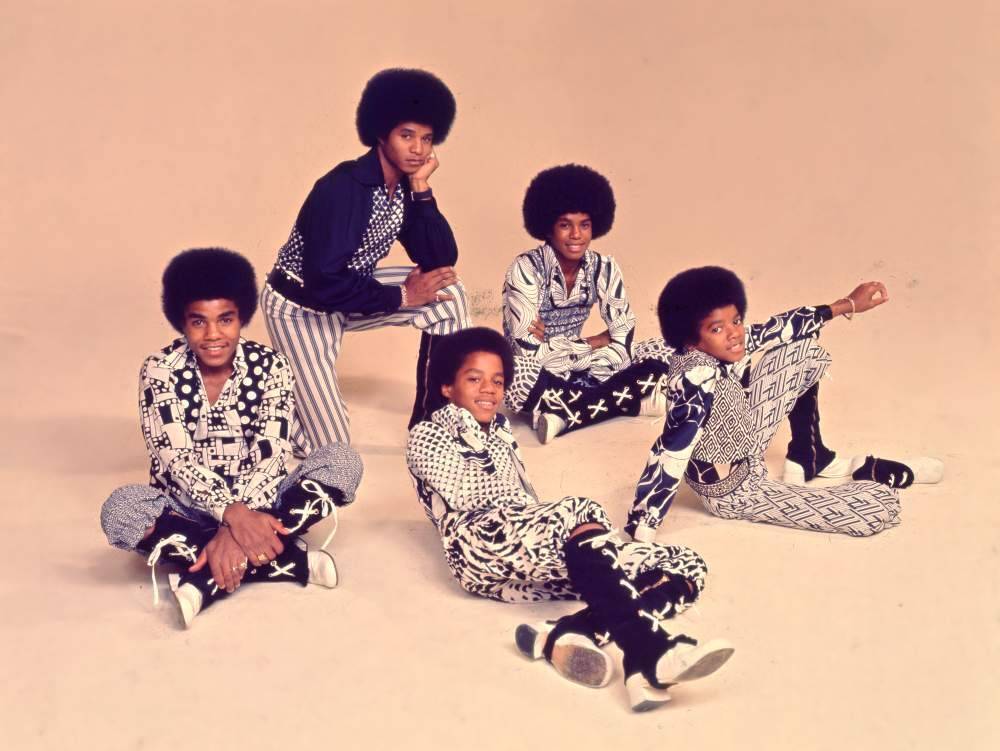
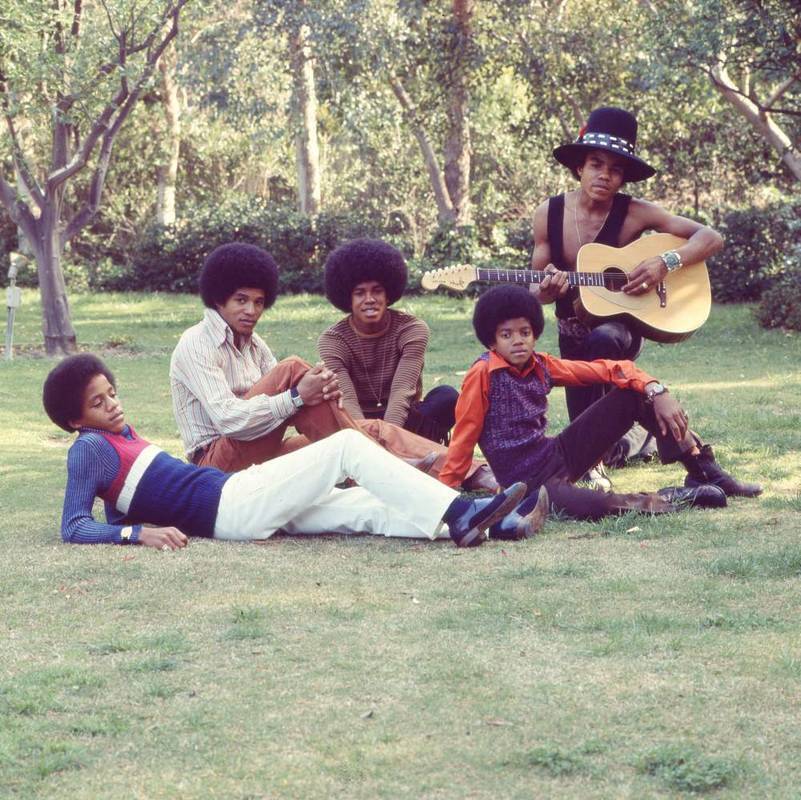
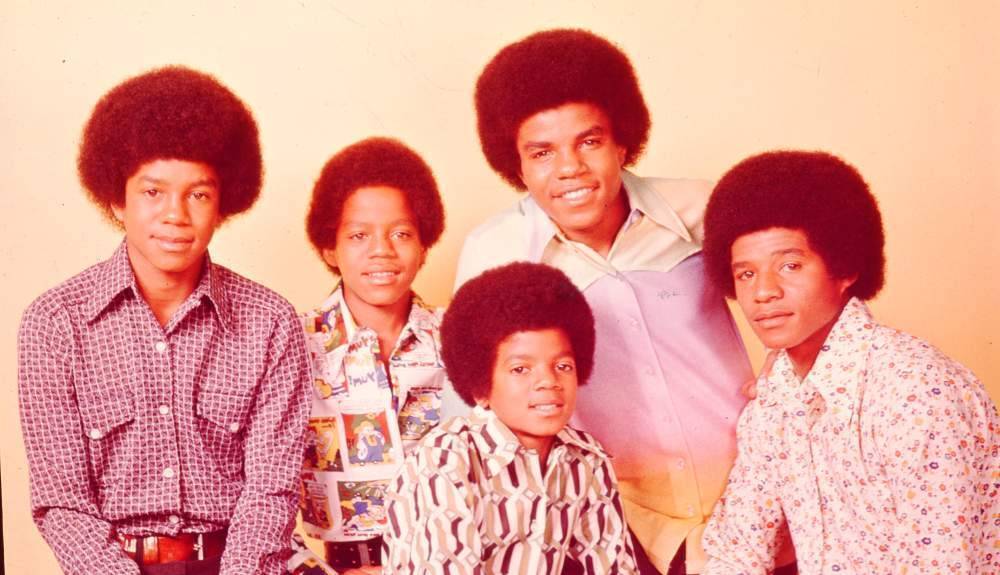
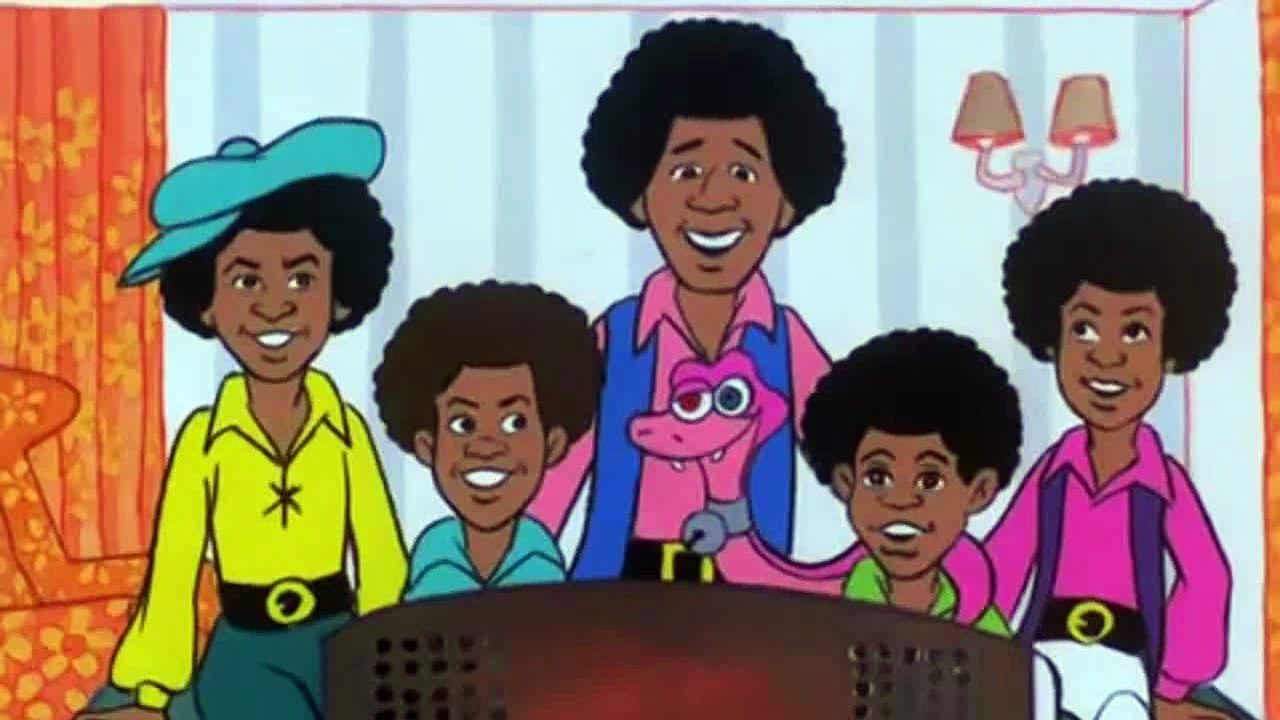
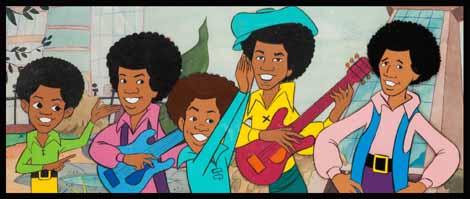
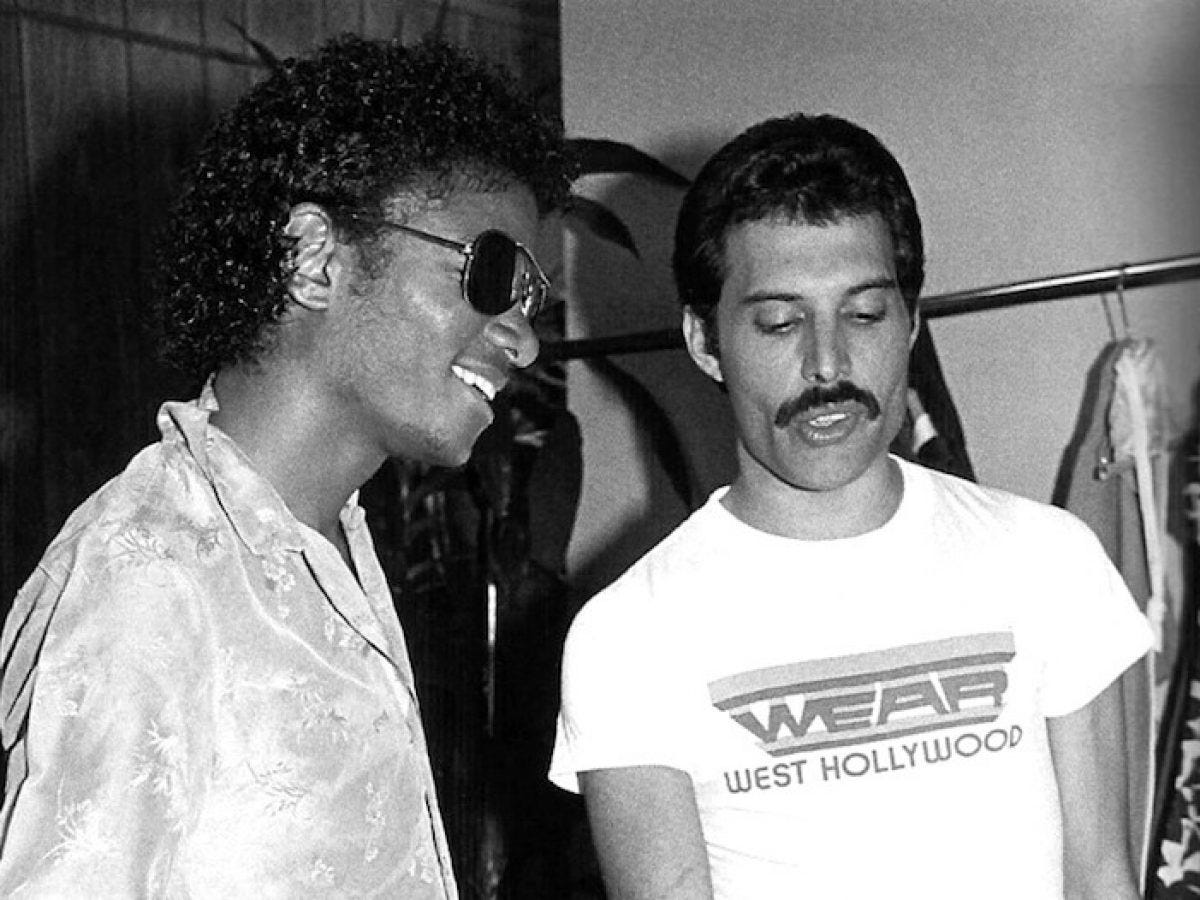
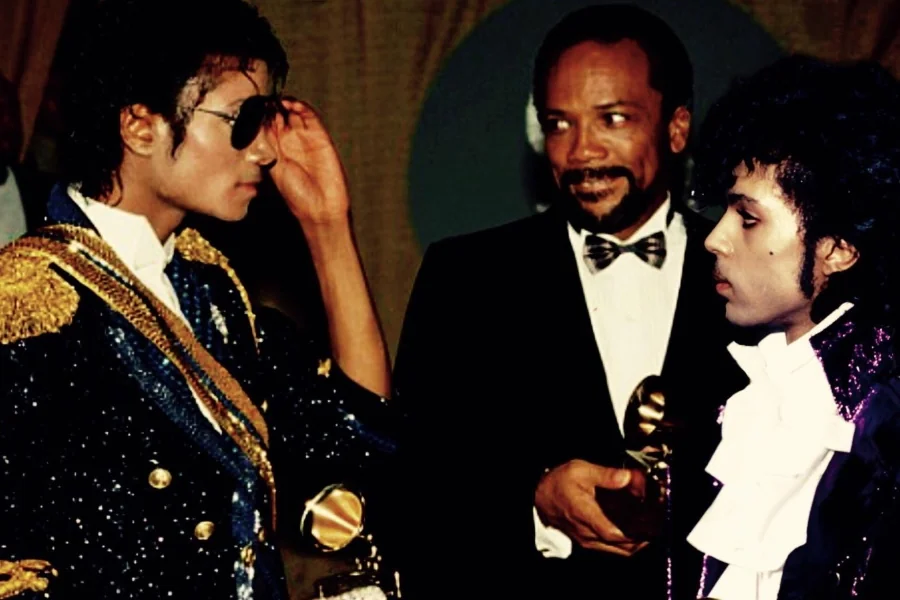
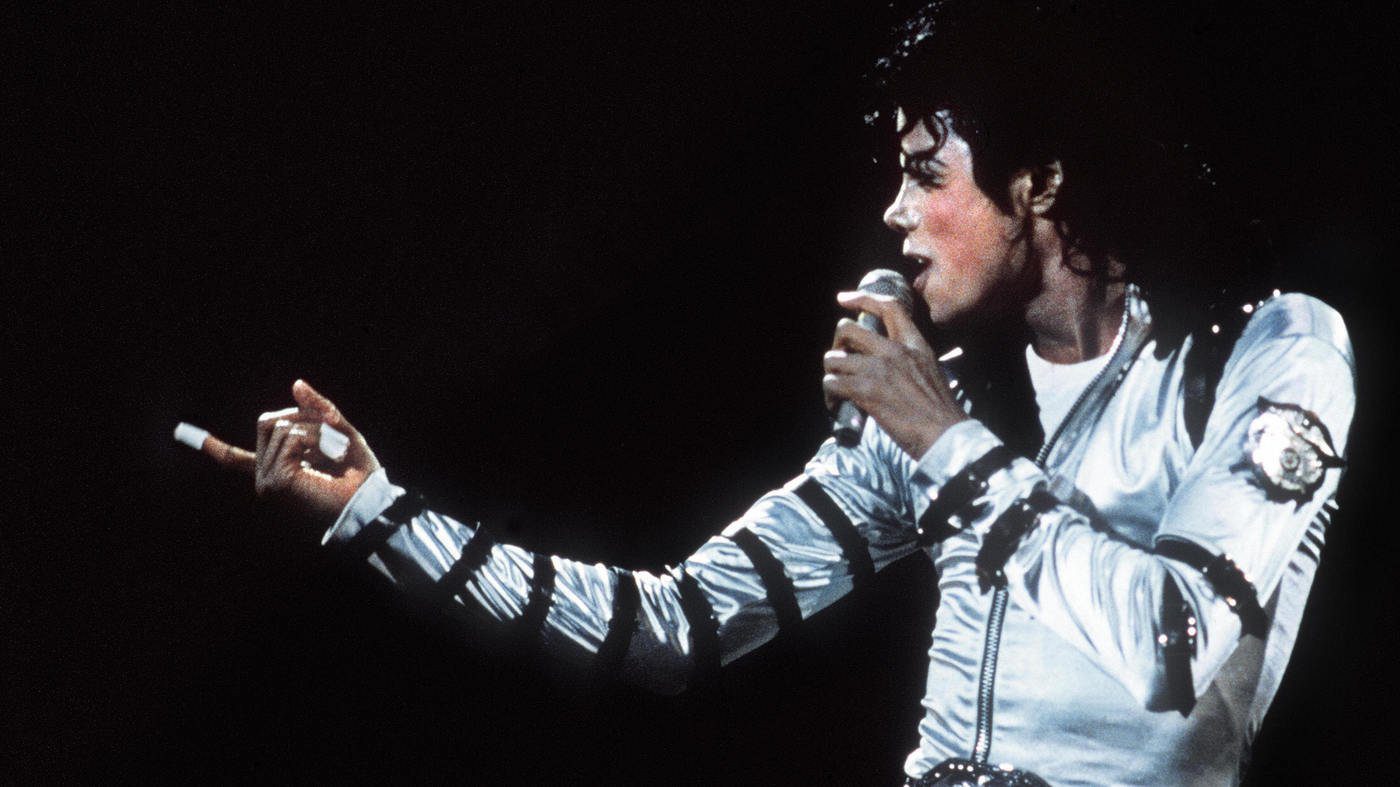
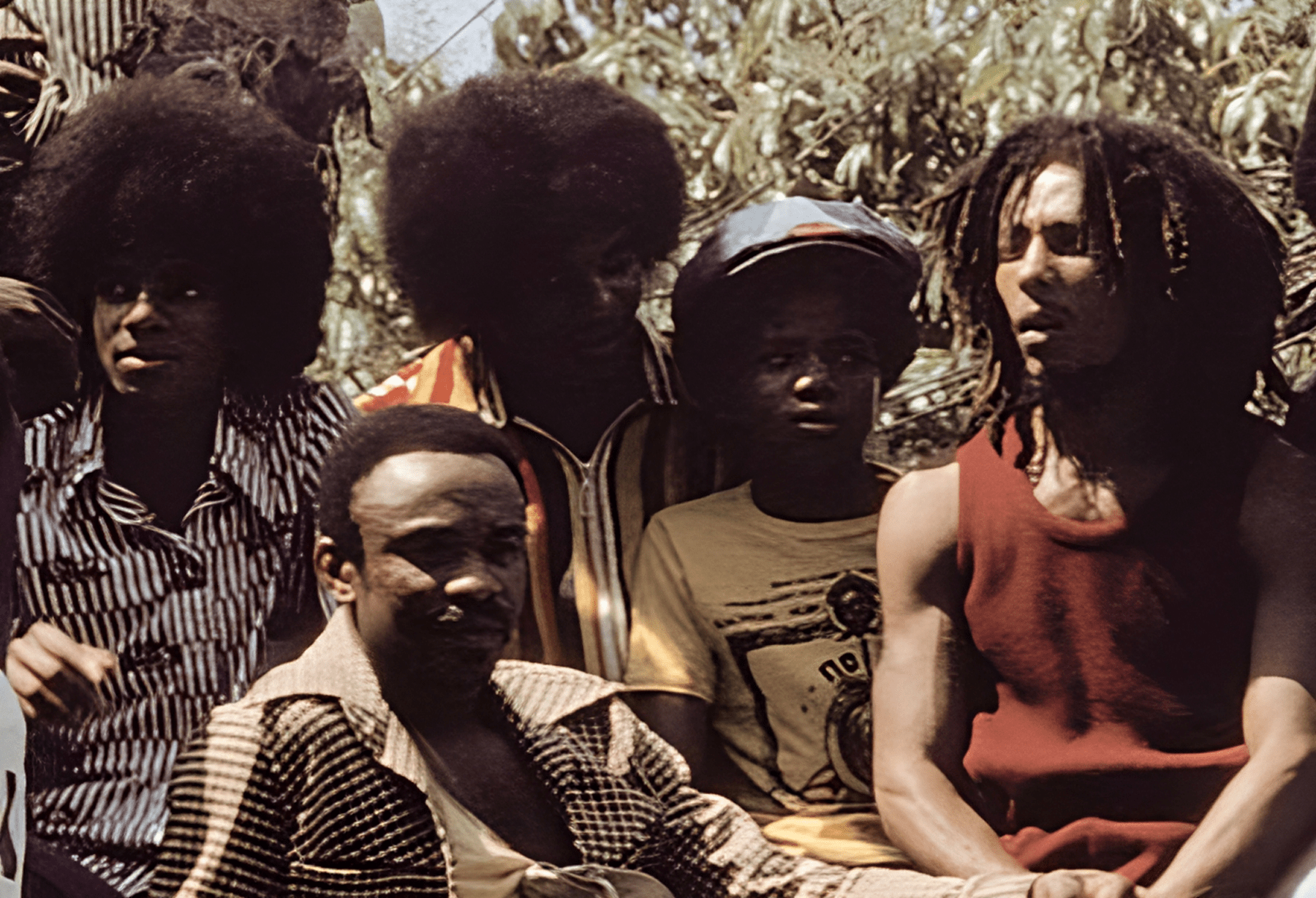
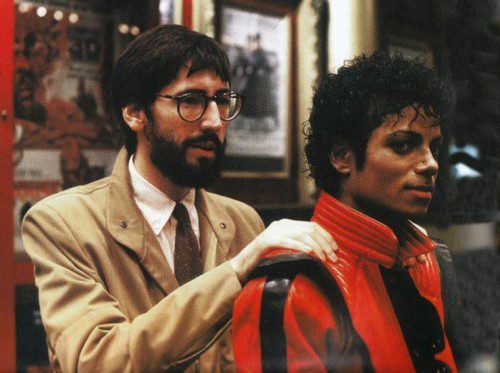
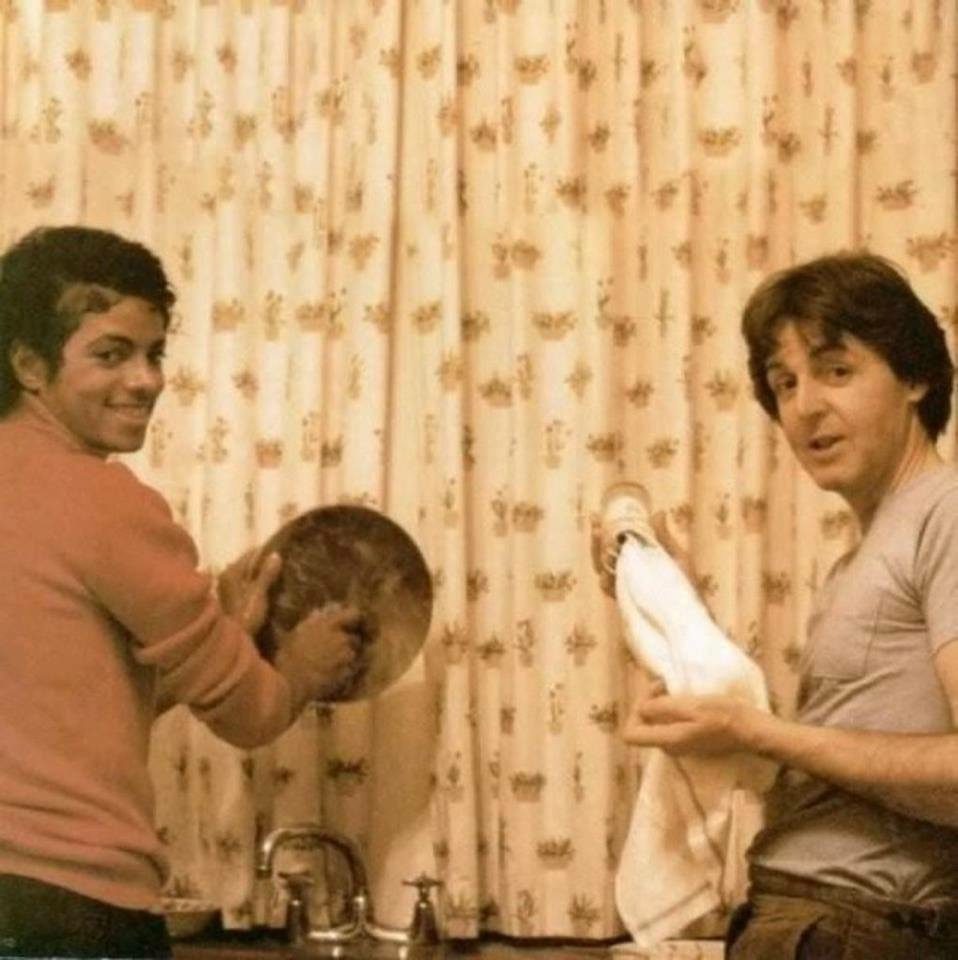
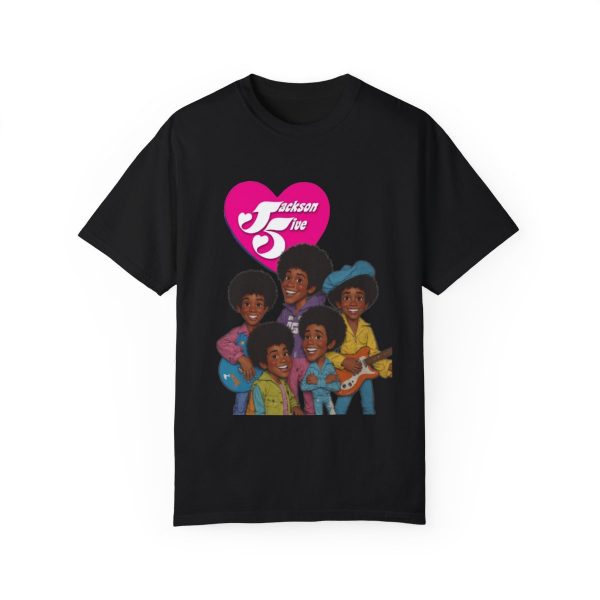



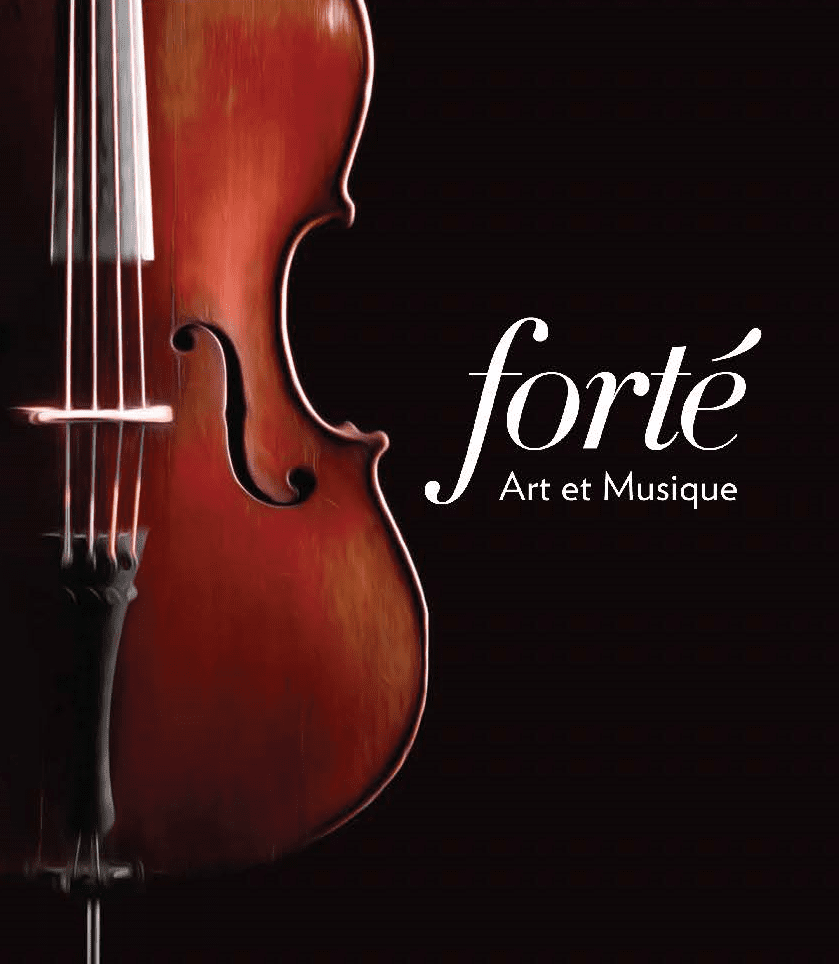
Leave a Reply